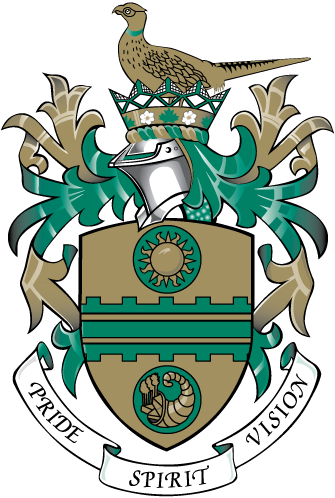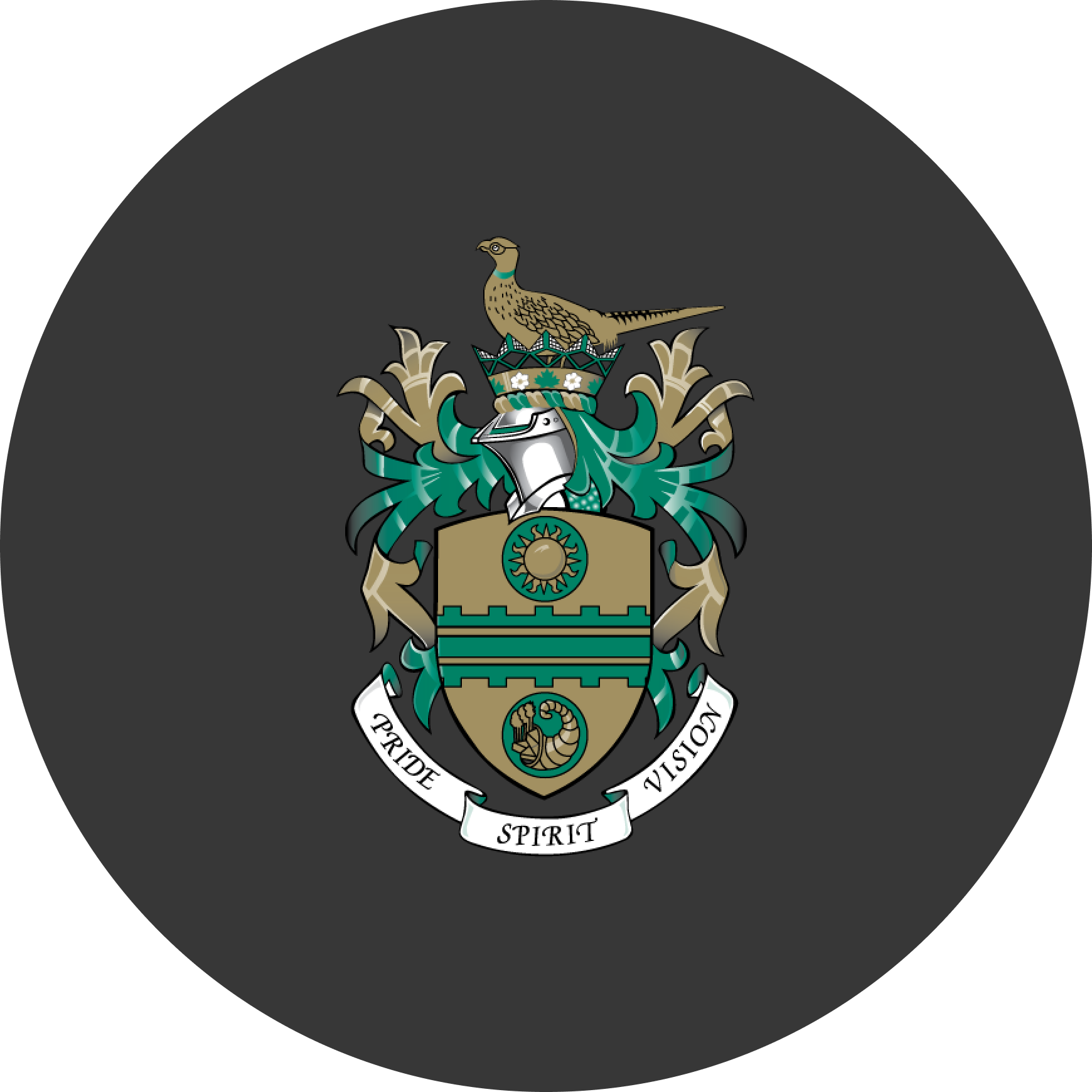water conservation
Water Conservation is a vital component of climate resiliency. The 2023 Wildfire Season highlighted the importance on water conservation practices within our own community to keep drought conditions at bay. Armstrong’s Council Strategic Plan has Environmental Stewardship as a key Council priority which demonstrates Armstrong’s commitment to ensuring that things like Water Conservation remain a focus for our community to ensure we work together towards keeping our community safe.
Current Restriction:
STAGE 1 – Effective June 4, 2025

water conservation
Water Conservation is a vital component of climate resiliency. The 2023 Wildfire Season highlighted the importance on water conservation practices within our own community to keep drought conditions at bay.
Armstrong’s Council Strategic Plan has Environmental Stewardship as a key Council priority which demonstrates Armstrong’s commitment to ensuring that things like Water Conservation remain a focus for our community to ensure we work together towards keeping our community safe.

Current Restriction:
STAGE 1 – Effective June 4, 2025
As part of this commitment Armstrong updated it’s Water Use and Conservation Bylaw, increasing incentives for water conservation year-round for residential customers. This supports the Council’s goal of promoting water conservation to mitigate climate change impacts.
The City of Armstrong empowers the community to work together to conserve water through a variety of measures including year-round water conservation restrictions, as well as its community-wide participation in the Okanagan Basin Water Boards’ Make Water Work campaign. As a result of the committed efforts towards water reduction within our community, the City of Armstrong has won the Make Water Work Community Championship for six consecutive years.
Visit the provincial Drought Information Portal to check to see drought levels in Armstrong.
Water use exemption permit
A Water Use Exemption Permit is a temporary waiver from the City that allows a resident or business to irrigate outside of the restrictions that have been established by the City. These permits are issued to enable additional watering for newly planted lawns or plants, so that they can get established in those first critical days and weeks after planting.

Water use exemption permit
A Water Use Exemption Permit is a temporary waiver from the City that allows a resident or business to irrigate outside of the restrictions that have been established by the City. These permits are issued to enable additional watering for newly planted lawns or plants, so that they can get established in those first critical days and weeks after planting.
Make Water Work
The City of Armstrong is a passionate participant in the Make Water Work campaign. We have been crowned the Make Water Work Champion for the last six years.

Make Water Work
The City of Armstrong is a passionate participant in the Make Water Work campaign. We have been crowned the Make Water Work Champion for the last six years.
The Okanagan is on the front lines of climate change, shifting between flooding and drought, and extreme fire seasons. As we work to find solutions to these climate events, Make Water Work is aimed at preparing residents with resilient landscapes that can handle wet and dry years, and help ensure a sustainable water supply for our valley.

Did you know?
- There is LESS water available per person in the Okanagan than anywhere else in Canada.
- The Okanagan has one of the highest rates of water use per person in Canada.
- 24% of ALL water used in the Okanagan is used on our household lawns and gardens.
Explore the helpful resources from Make Water Work:
Water Conservation Tips









Water Conservation Tips

Water Conservation Tips
Water Conservation Tips








About Armstrong
The City of Armstrong is a friendly community with a beautiful trails network, bustling downtown core and peaceful family-friendly atmosphere.
We welcome all those who wish to visit, live, or invest in this peaceful little city. Armstrong considered the “Heart of Country” is located in the heart of Spallumcheen Valley, between the sunny Okanagan and the bright Shuswap Valleys.




